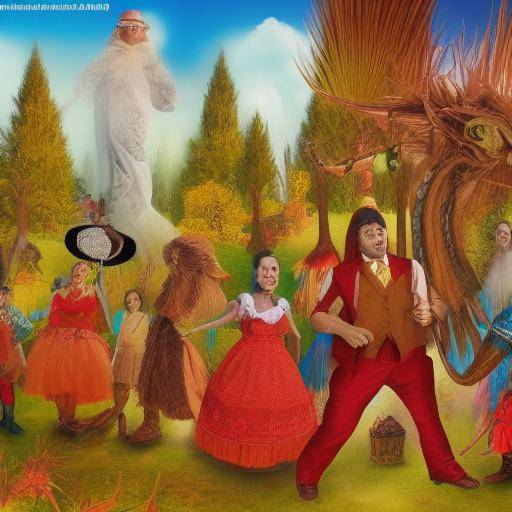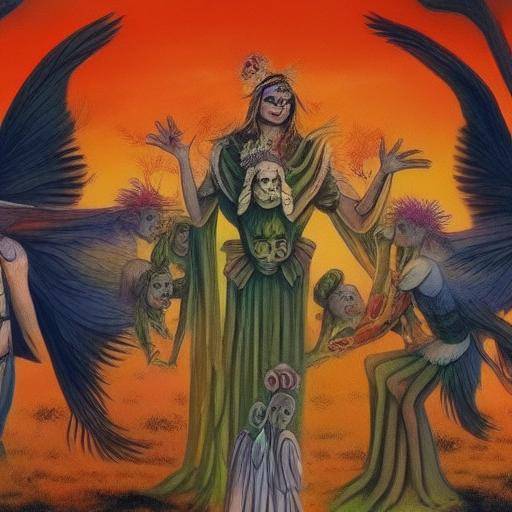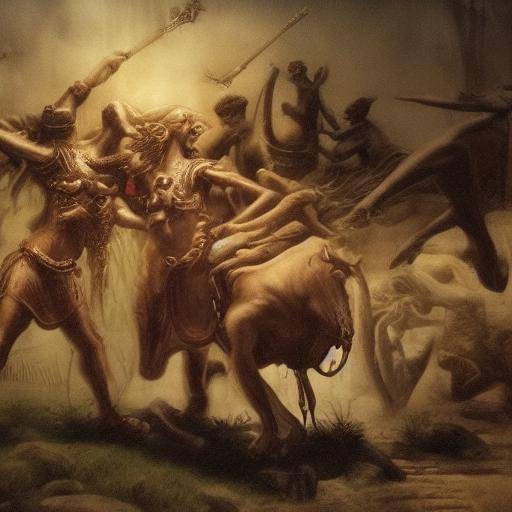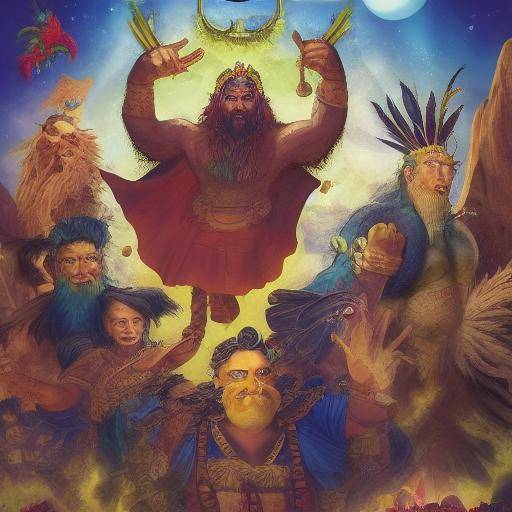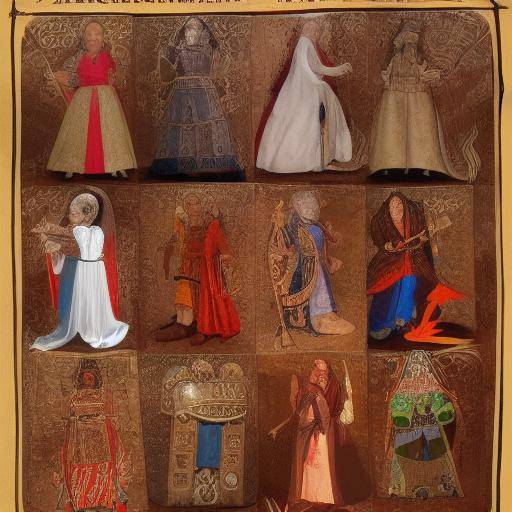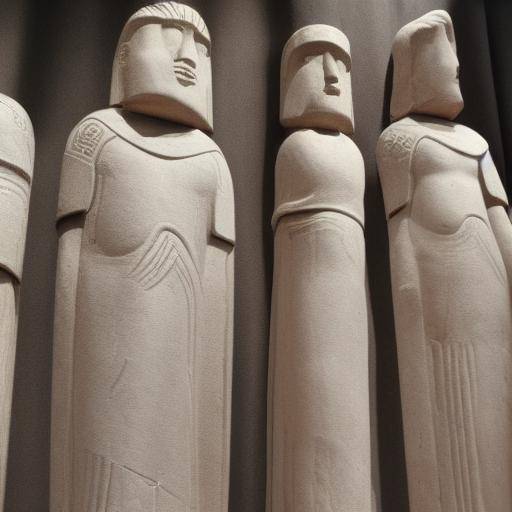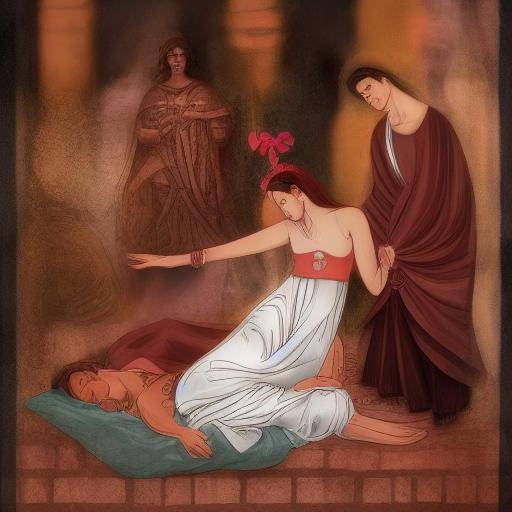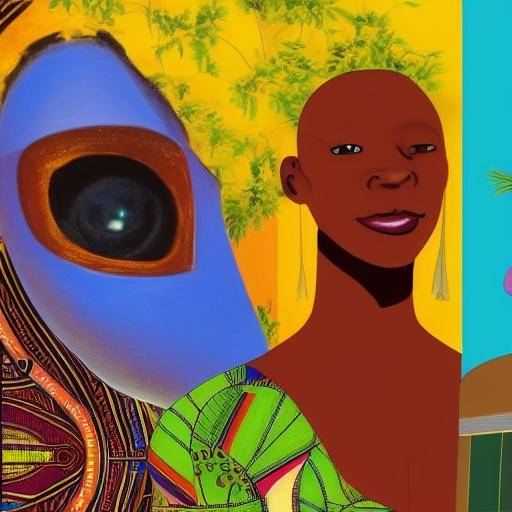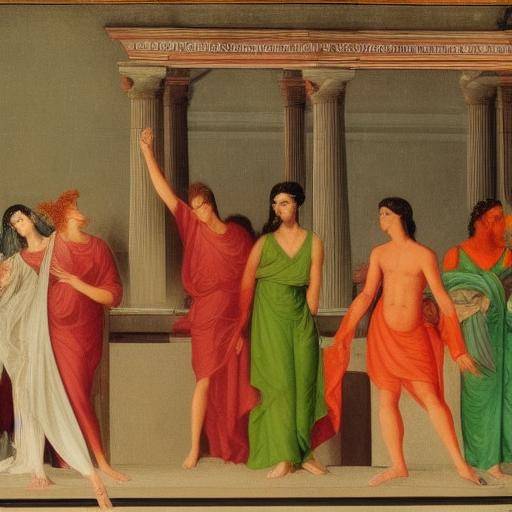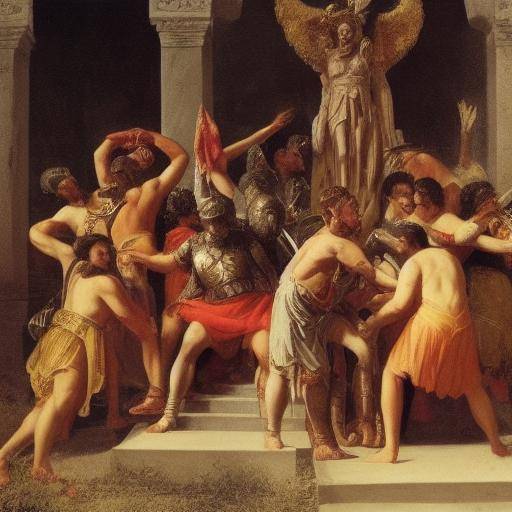
Mermaids, mythological beings of fascinating and mysterious appearance, have captured the imagination of cultures throughout history. His presence in legends, literature and folklore has generated an aura of admiration and mysticism that lasts until today. In this article, we will explore the enigmatic world of sirens, their fascination over time, and their relevance in mythology. From its origin to its representation in contemporary culture, we will discover the richness and diversity of meanings that the mermaids embody. Join us on this journey to unravel the mystery surrounding these marine creatures.
Introduction
Mermaids represent a fascinating symbol of duality in mythology, combining seductive beauty with a potentially dangerous nature. Throughout history, they have been presented as irresistibly attractive beings that seduce uncautious sailors with their melodious singing, attracting them to their tragic destiny in the marine depths. By exploring its origin, evolution and diversity of representations in popular culture, we will enter a world full of mysteries and contradictions.
History and Background
The mermaids, with their origins in Greek mythology, have been a recurring theme in many cultures over the centuries. Known by their aquatic environment and beautiful voices, their influence on mythological and literary narratives has been significant.
Mythological origins
The first record of sirens is found in the Greek mythology, where these creatures were represented as beings half women and half birds. The Mermaids had a lovely appearance and their singing was known to attract the sailors to the rocks, causing numerous shipwrecks in the process.
Representation in Other Cultures
Throughout history, the mermaids have been the subject of numerous narratives in different cultures, from the Nordic legends to the stories of sailors in the Middle East. Each culture has reinterpreted and enriched the myth of the mermaids, giving them different meanings and promoting their permanence in collective consciousness.
Evolution in Popular Culture
Over time, the mermaids have transcended their mythological origin to become omnipresent symbols in popular culture. From classical literature to contemporary film production, the mermaids have been recreated and reinterpreted, adapting to the sensitivity of each time.
Analysis in Deep
Fascination and Attraction
The fascination with the sirens is largely due to its duality, combining an attractive beauty with an aura of danger and fatality. This ambiguity has generated a lasting appeal and inspired numerous works of art, literature and music that explore the tension between the seductive and the threatening.
Mythology and Symbolism
In the context of mythology, sirens represent the power of seduction and the connection with the marine world. His symbolism ranges from temptation and desire to betrayal and destruction, reflecting the complex aspects of human nature and its relations with the environment.
Influence in Contemporary Culture
The mermaids, far from being relegated to the past, have maintained a relevant impact on contemporary culture. From fashion to artistic current, the mermaids continue to generate a powerful attraction that transcends cultural and geographical boundaries.
Exhaustive examination
Mermaids, their fascination and their presence in mythology transcend the barriers of time and space. Their meaning and symbolism continue to be the subject of analysis and reflection in various contexts. Their ability to inspire and captivate people, as well as their darker and sinister facet, make them an issue of inexhaustible interest, capable of promoting passionate debates about human nature and its relationship with the unknown.
Comparative analysis
Sirenas vs. Other Marine Creatures
Although sirens share certain characteristics with other marine creatures of mythology, such as marine nymphs or tritons, their uniqueness lies in their ability to seduce and attract human beings, making them a symbol of temptation and danger.
Fascination vs. Temor
The ambivalence of the mermaids, between the fascination and the fear they inspire, distinguishes them as one of the most intriguing figures of mythology. Its ability to captivate and at the same time threaten has generated divergent interpretations ranging from romantic idealization to moral warning.
Mythology vs. Reality
Although sirens have their origin in mythology, their influence extends to the real world through cultural influence. The deepening of its mythological legacy reveals the lasting resonance of its symbolism in contemporary society.
Practical Tips and Recommendations
Exploring the Myth
For those who wish to enter the world of sirens, it is recommended to explore classic texts of universal literature that address the figure of the mermaids, such as "The Odyssey" of Homer and "The Song of Mermaids" by Franz Kafka, as well as the exploration of the original myths that gave rise to these fascinating creatures.
Responsible interactions
In the current context, where the mermaids manifest themselves through artistic manifestations, it is essential to address their representation in a respectful and conscious way, avoiding the objective or simplification of their complex symbolism. Critical and reflective dialogue can enrich the understanding of its meaning in different contexts.
Conclusions and FAQs
Conclusions
The mermaids, with their attractive combination of beauty and danger, have maintained their influence over the centuries. Their ability to evoke mixed emotions and their ability to encapsulate fundamental aspects of human experience makes them an inexhaustible source of inspiration and reflection.
Frequently asked questions
1. Are there real evidence of the existence of sirens?
Although the stories of sirens have persisted over time, there is no scientific evidence to support the physical existence of these creatures. Its presence has remained mainly in the field of mythology and popular culture.
2. What is the role of sirens in contemporary mythology?
In contemporary mythology, the mermaids remain powerful symbols of the connection between humanity and the marine world, as well as representations of the duality of human nature.
3. What impact do sirens have on the current culture?
Mermaids continue to influence various aspects of today's culture, from fashion and art to literature and cinema, maintaining their attractiveness and ability to evoke deep reflections on the human condition.
4. Have the sirens been diversely represented in different cultures?
Yes, sirens have been interpreted in diverse ways throughout history and in different cultures, reflecting the different aesthetic and symbolic sensitivities of each society.
5. What is the underlying message in mermaid stories?
Mermaid stories often convey messages about the ambivalence of human nature, temptation and fatality, as well as the complex relationship between man and sea.
6. How have the representations of sirens adapted to the modern era?
Modern representations of sirens have evolved to reflect changing social and aesthetic perspectives, addressing issues such as diversity, inclusion and redefinition of gender roles.
In short, the mermaids encapsulate a duality that awakens both charm and fear in the collective imagination. Its relevance transcends the mythological sphere, extending to contemporary culture as a timeless symbol of the complexities of human condition and its relation to the unknown and the mysterious. As we continue to explore and reinterpret the myth of the mermaids, their fascination and their presence in mythology continue to impact and inspire entire generations, keeping alive the flame of curiosity and astonishment in every new look at the sea.

